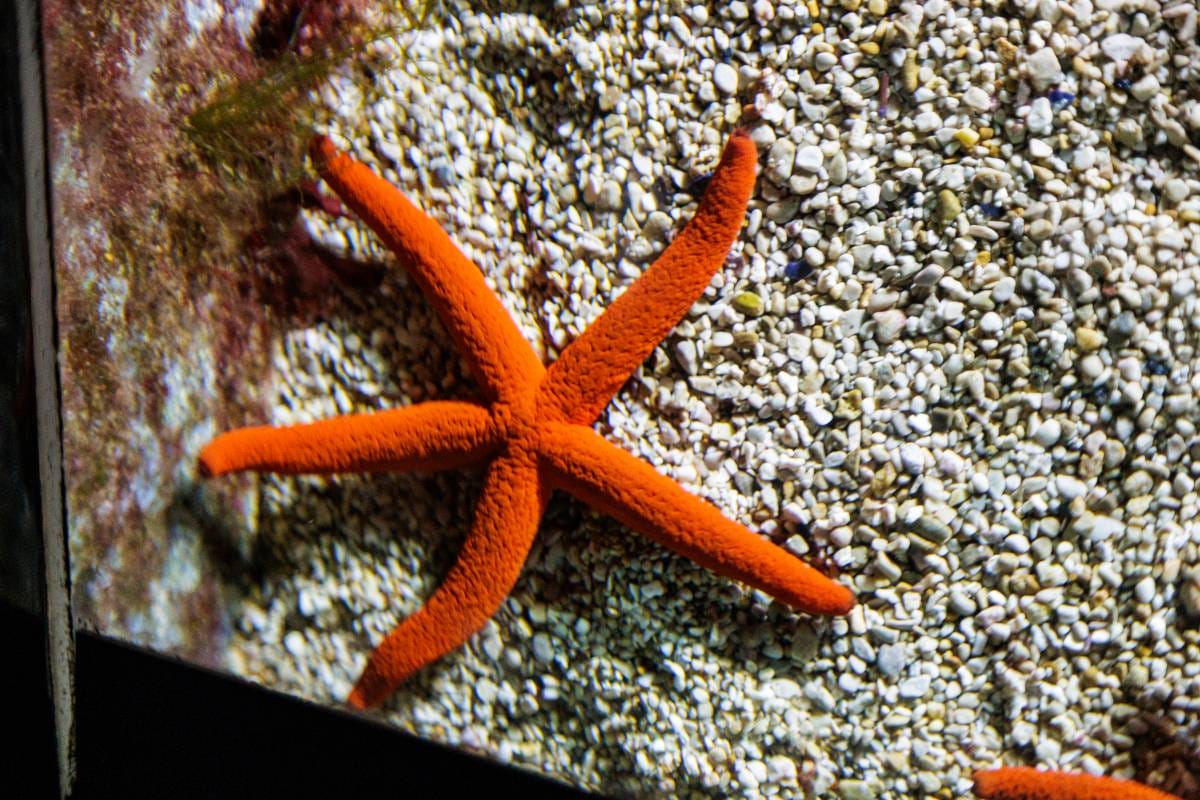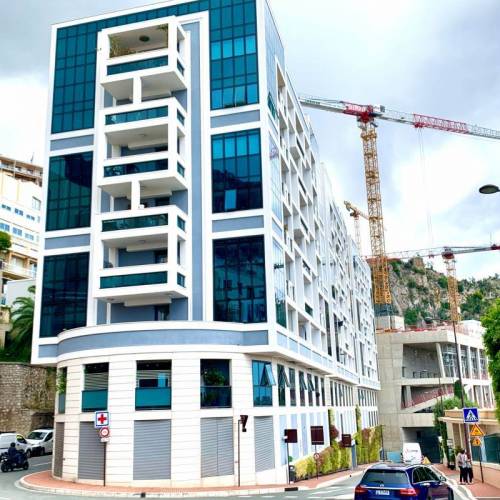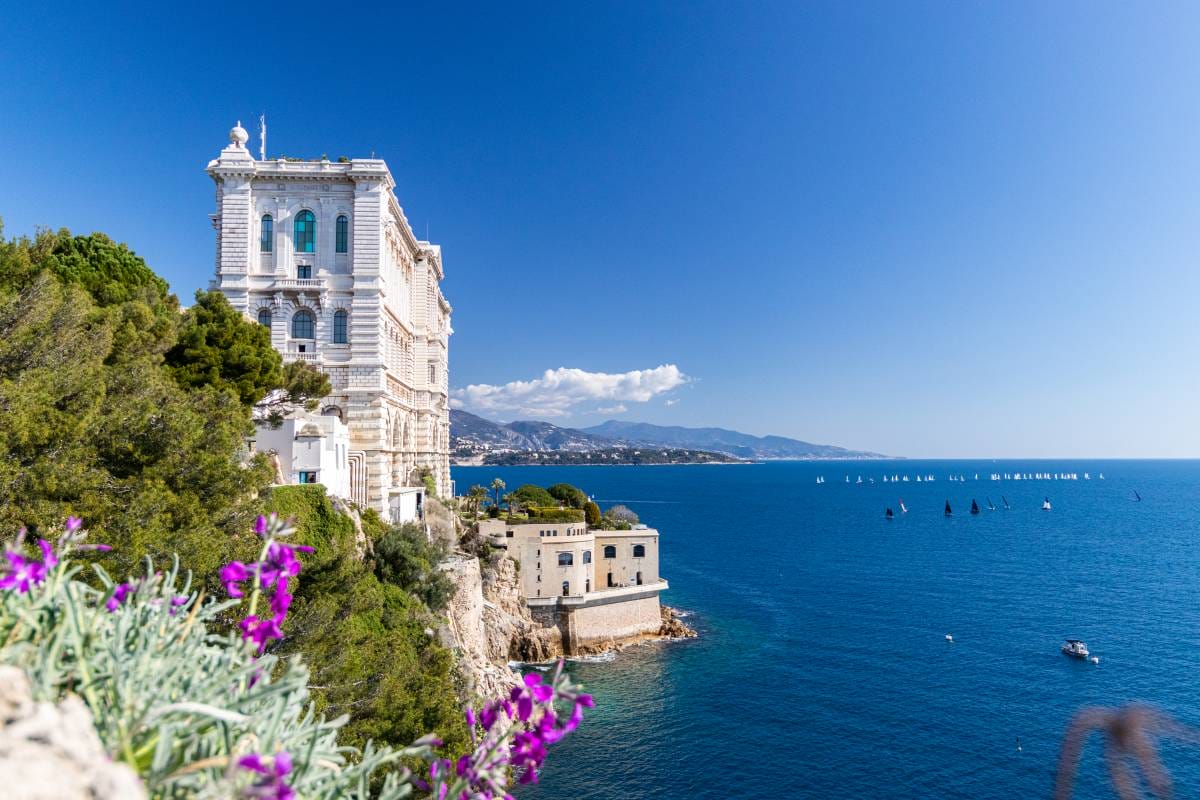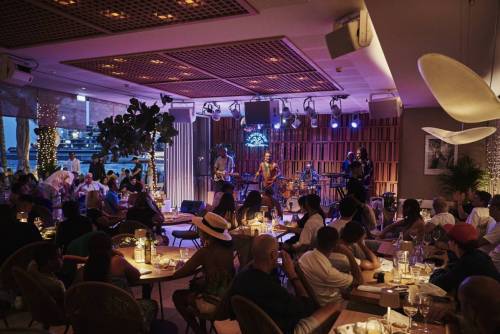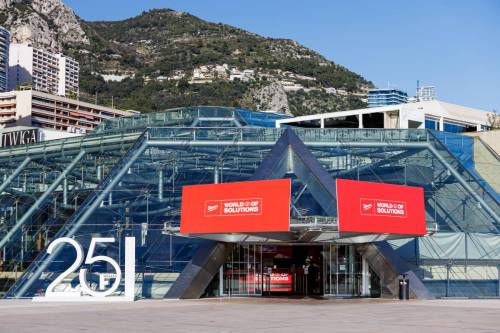Our planet is a vivid blue when viewed from space because over 70 % of the Earth is covered with ocean. The ocean makes all life on our planet possible. It plays a vital role in our weather systems, provides food, helps us travel and generates tremendous amounts of energy. The ocean’s seemingly endless depths hold secrets that are almost impossible to reach. But the Oceanographic Museum of Monaco carries us into the depths and brings us face-to-face with the incredible mysteries of our extraordinary ocean.
Home to Prince Albert I’s collection of specimens
Built on a cliffside 85 metres above the sea, the Oceanographic Museum of Monaco (Musée Océanographique de Monaco) is one of the most visited marine science museums in Europe (over 650,000 visitors per year). Described as a “lighthouse” and a “temple of the sea” the museum holds 6,500 m2 of exhibition spaces with over 350 species of fish and 6,000 specimens, including rare and endangered marine life.
Created in 1889 by Prince Albert I of Monaco, the museum was intended to be a “Palace entirely dedicated to Art and Science”. By opening the museum, the Prince’s goal was to make the study of the oceans more publicly accessible. More than half of the museum’s Natural History sections consist of specimens collected by Prince Albert I during twenty-eight explorations conducted in the late 19th century and early 20th century.
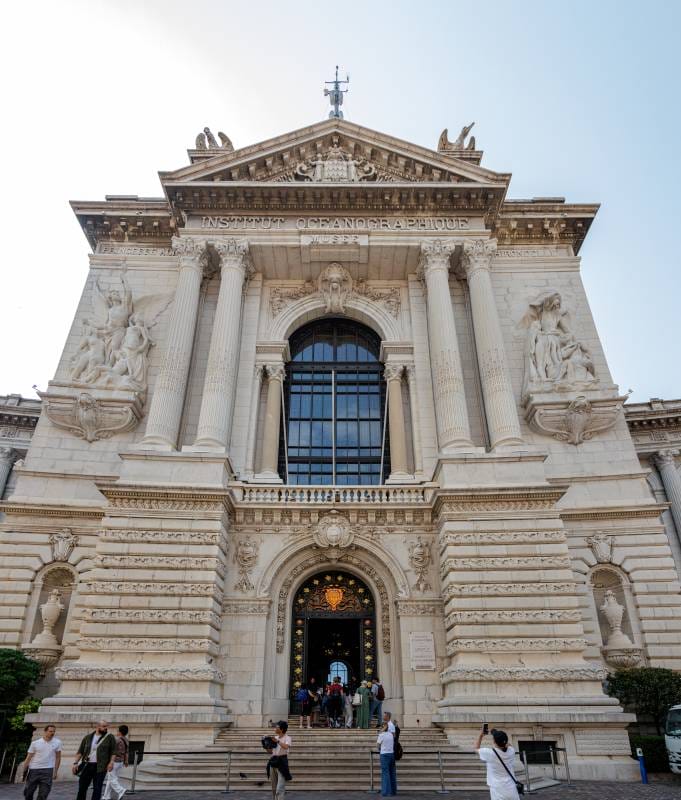
Built on Eiffel beams
The first stone of the future museum was laid on April 25, 1899. Constructed out of limestone from La Turbie, the Oceanographic Museum is an architectural feat that took 11 years to build. The building is supported by a metal structure of Eiffel beams, reminiscent of the tower in Paris. By the way, Prince Albert I himself visited the World Expo of 1889, where the Eiffel Tower was first unveiled, as he presented results of his oceanographic explorations in Monaco’s pavilion. On 5 March 1908, Gustave Eiffel, the civil engineer behind the Eiffel Tower, visited the Oceanographic Museum and initialed the museum’s guestbook. On March 29, 1910 the Oceanographic Museum was officially inaugurated.
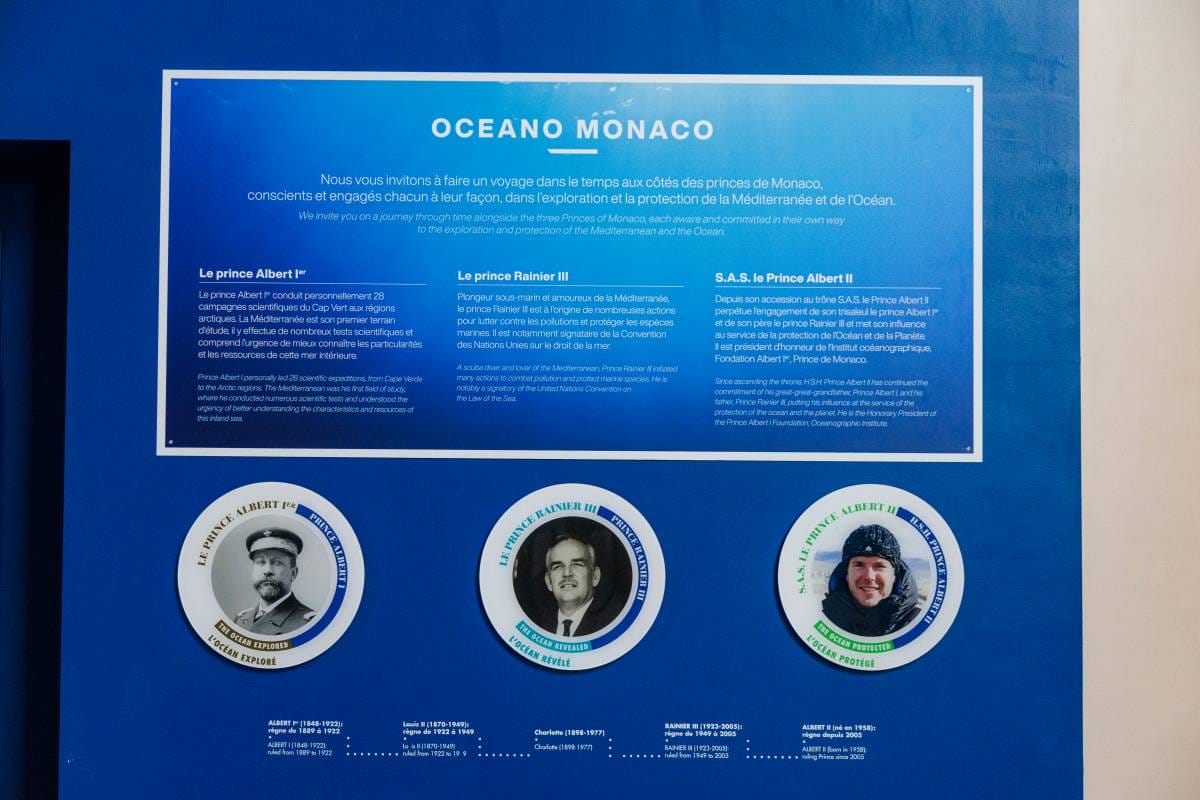
Jacques-Yves Cousteau, museum director for 31 years
Famous ocean explorer, film-maker and researcher Jacques-Yves Cousteau served as one of the museum’s directors from 1957 till 1988. Cousteau made underwater filming history in the 1960s when his team photographed microscopic plankton and filmed underwater at a depth of 1,000 feet in a submersible, something which had never been done before. The resulting documentary, Le Monde Sans Soleil (The World Without Sun) won an Academy Award in 1965 for Best Documentary. In total, Cousteau had got three Oscars and the Palme d’Or at Cannes. Interestingly, Cousteau was born in 1910, two and a half months after the opening of the museum with which he was to be associated for a long time.
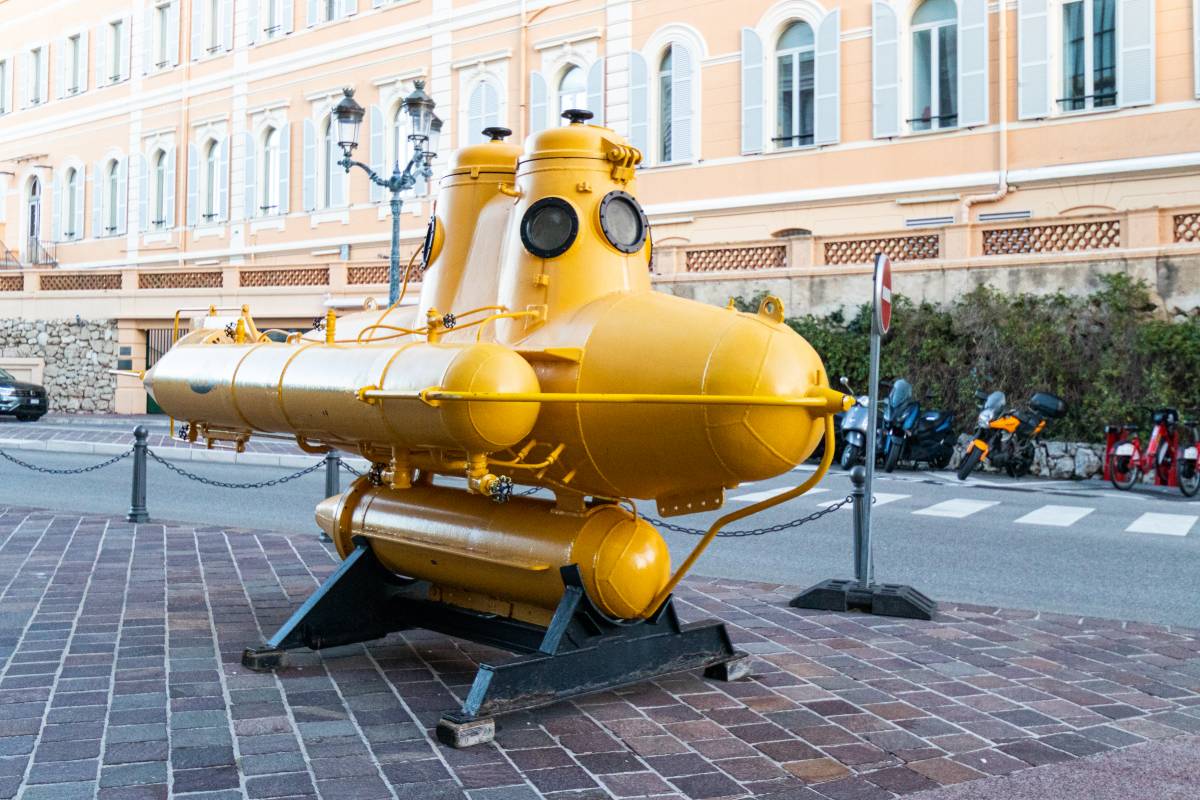
Playing a key role in marine conservation
Today, the museum plays a key role in ocean conservation and research. It is active in the preservation of brown groupers and Posidonia seagrass in the Larvotto Marine Reserve, as well as red coral in the Tombant des Spélugues reef.
In-house nurseries breed species of clownfish and seahorses. The museum also cares for injured sea creatures before releasing them back into the wild. To keep its marine life safe, monitoring systems in the museum’s tanks constantly check for changes in salinity, temperature and oxygen. The sophisticated systems alert staff if any changes are perceived.
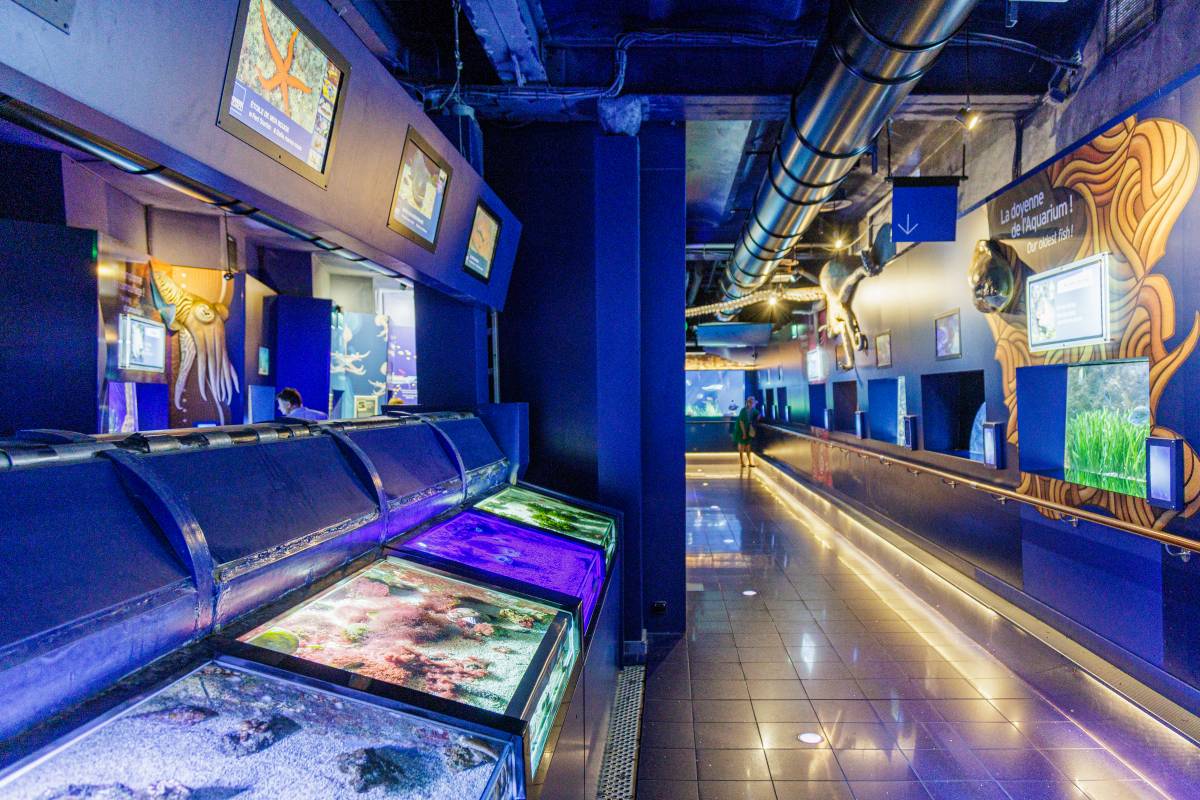
A tour of the museum
Outside the museum’s entrance stands a yellow submarine named Anorep I, which Cousteau used during some of his expeditions. It was built in 1966, the same year that the Beatle’s chart-topping single, Yellow Submarine was released.
An architectural masterpiece
Designed by French architect Paul Delefortrie, the building itself is a marvel to behold, with marine life depicted in sculptures on the façades. Twenty names of scientific ships chosen by Prince Albert I are carved on the exterior. Two towering sculptures, eight metres in height, greet visitors on either side of the entrance. On the left, Progress coming to the aid of Humanity. On the right, Truth, revealing nature’s forces to the world of Science. They are made of Brescia limestone and were created by Louis Gustave Dussart.
Mosaic of the Princess Alice II yacht and a statue of the founder of the Museum
In the entrance hall, a circular mosaic portrays Prince Albert’s third ship. The second Princess-Alice took Prince Albert I on the most important oceanographic expeditions of his career. Flying fish and octopus can be seen surrounding the ship. The piece was created by Italian artist Giuseppe Tamagno.
A marble statue of Prince Albert I of Monaco, the work of the French artist Denys Puech, was created thanks to a subscription launched by Prince Louis, son of Prince Albert I, among the Prince’s relatives, collaborators and the Monegasque people.
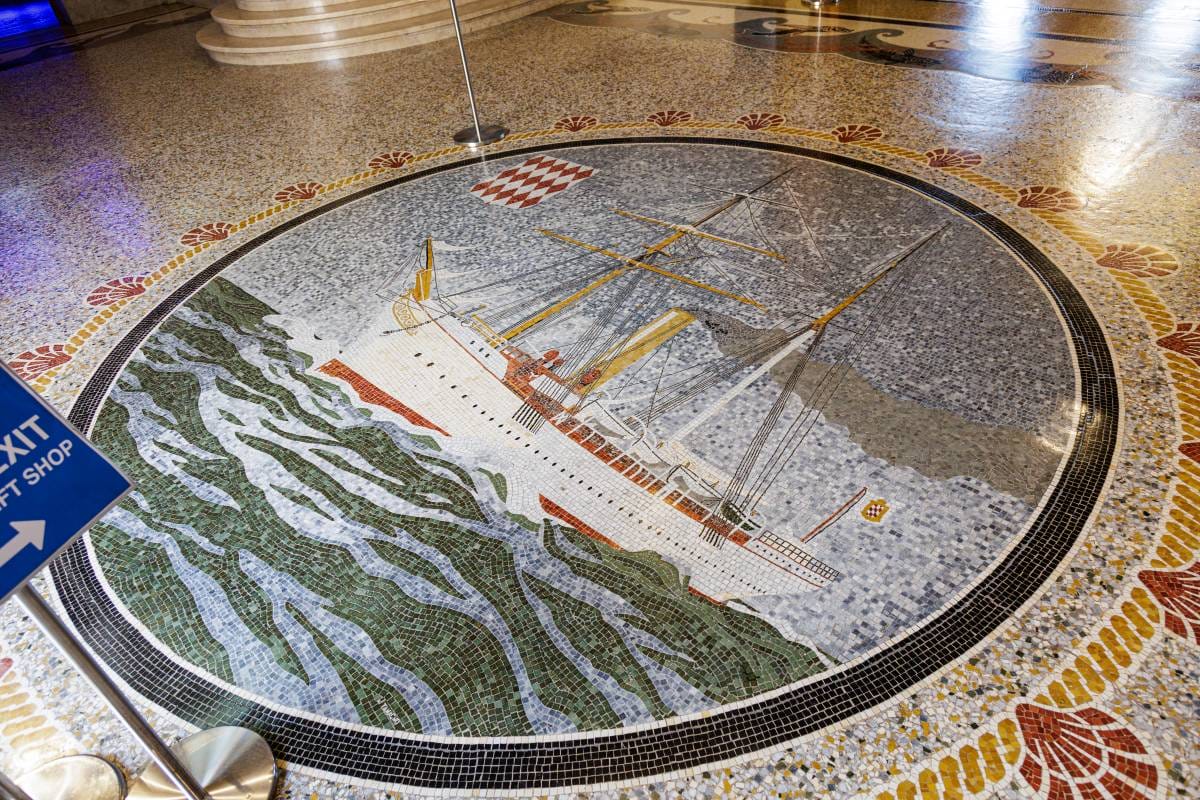
The hidden Grimaldi Coat of arms
During restoration work leading up to the centenary of the Oceanographic Museum in 2010, a hidden Grimaldi coat of arms was discovered. The beautiful piece, surrounded by gold monograms of Prince Albert I had been hidden since 1910 behind a huge 8-metre-wide painting of the Princess Alice II at sea by Edouard Monchablon. Why was it covered for so long? Nobody knows. But after over a century in the darkness, the precious coat of arms is back in the limelight. We can see it in the Conference Room.
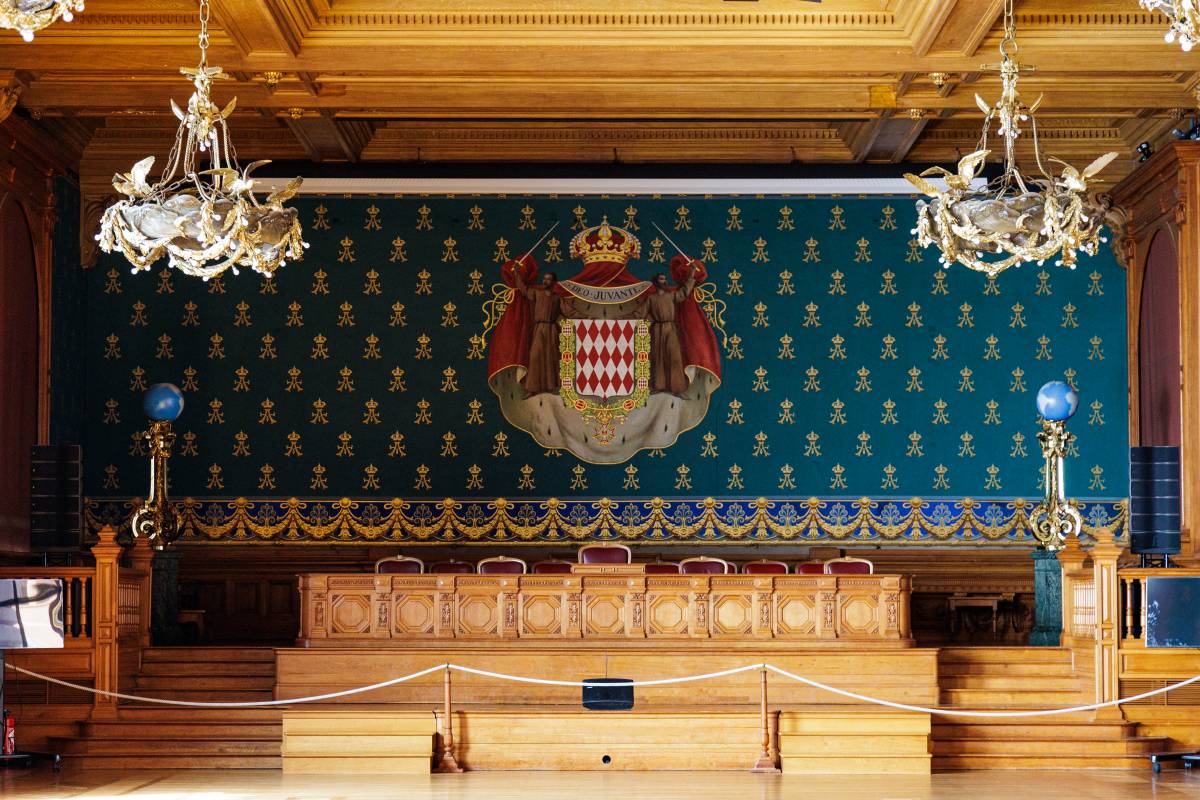
Natural History Collections
The permanent Natural History exhibitions on the first floor include an impressive Cabinet of Curiosities called Océanomania, designed by artist Mark Dion. The large display case is filled with models, diving equipment, fossils, stuffed animals, scientific tools and vintage books.
The Monaco and L’Océan hall takes visitors on a scientific expedition with Prince Albert I through photographs, model ships and a replica of the floating laboratory aboard the Prince’s research ship, L’Hirondelle. The Salle de la Baleine (Whale Room) showcases suspended whale and seal skeletons, life-size models of marine specimens and jars full of pickled sea life.
The museum regularly hosts temporary exhibitions of art, photography and science. Previous exhibitions have featured artists like Damien Hirst and Philippe Pasqua. The museum has recently incorporated cutting-edge technology into its exhibitions, including interactive digital screens and virtual reality experiences.
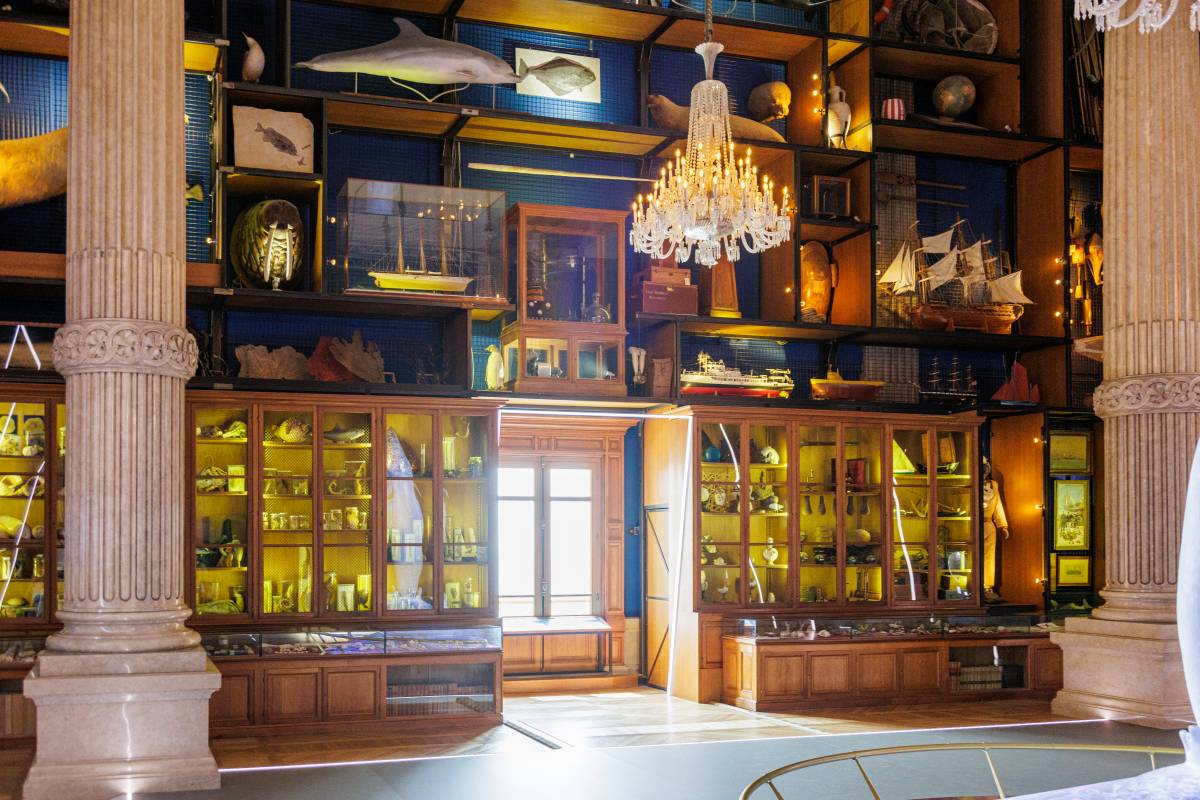
Terrace
On the rooftop terrace, visitors can find ‘La Terrasse’ restaurant, a play area and Turtle Island (L’Ile aux Tortues) which is home to turtles from Mali. The terrace also features incredible panoramic views of Port Hercules and the Principality.
Aquarium
The lower part of the museum is dedicated to living nature. The Aquarium of Monaco is one of the oldest in the world. There are one hundred aquariums featuring more sharks, tropical fish, rays, jellyfish, crustaceans, sea anemones, coral and more.
The main aquarium, located on the basement level, houses tanks for Mediterranean species, including a moray eel who has lived at the aquarium for over 30 years, as well as fauna of tropical seas. The basement is where visitors can also find the ‘Shark Lagoon’, an enormous tank, six metres in height, containing 450,000 litres of seawater. The tank’s pressure is so strong that viewing windows are 35 centimetres thick. The Shark Lagoon is a highlight of the museum and replicates life on a coral reef with colourful fish, rays and a variety of shark species. In 1989, the aquarium transported several species of coral from the Red Sea and became the first aquarium in the world to reproduce coral in captivity, making the living coral found at the museum unique.
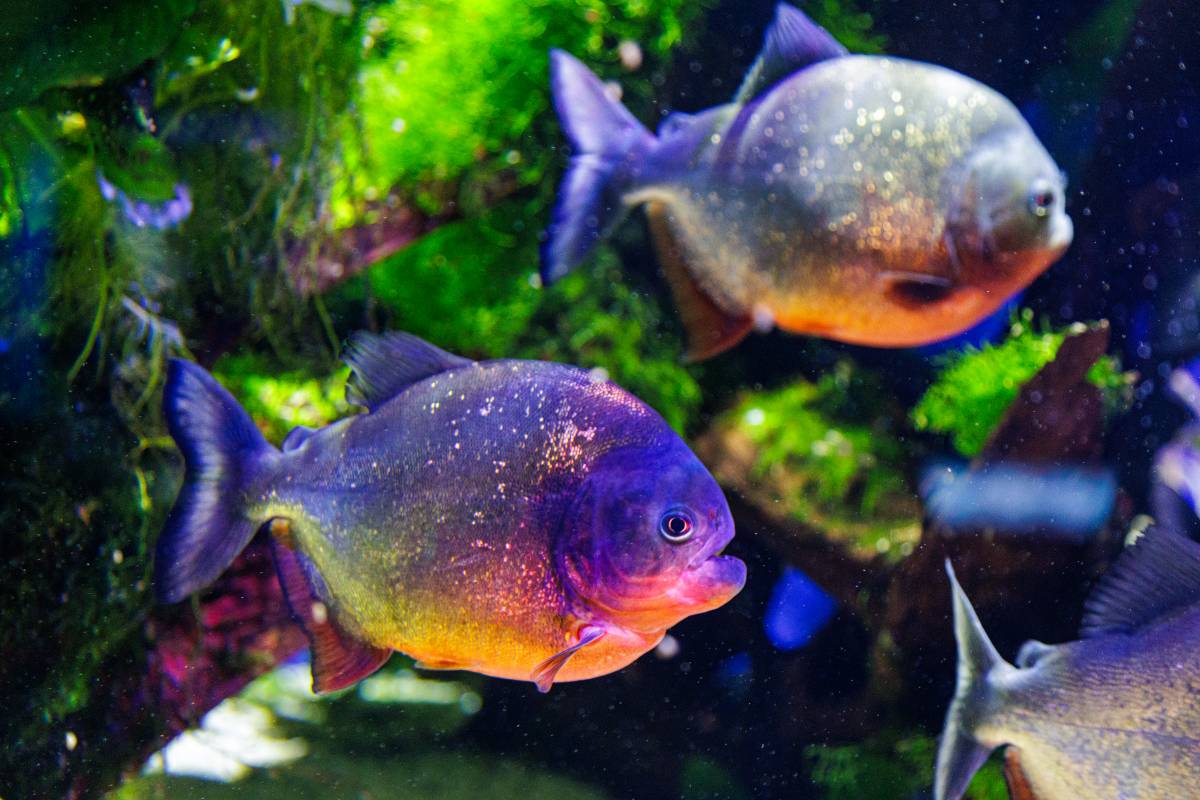
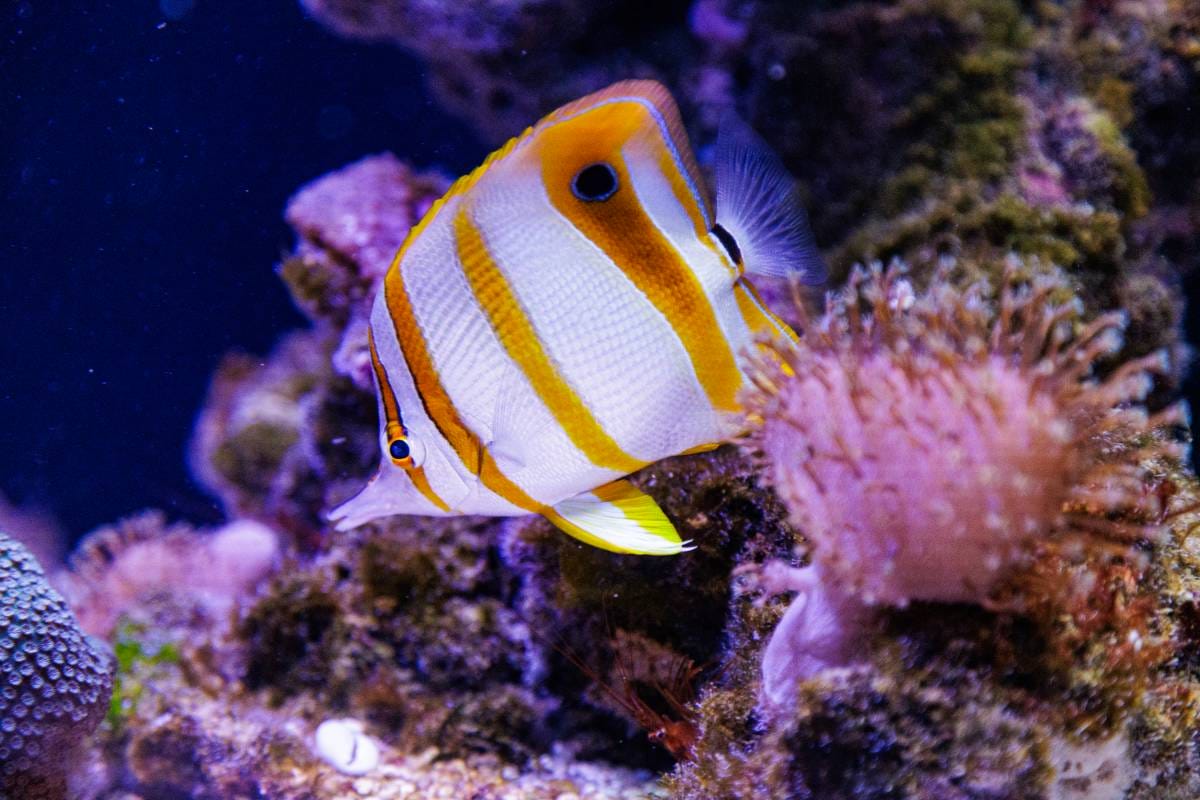
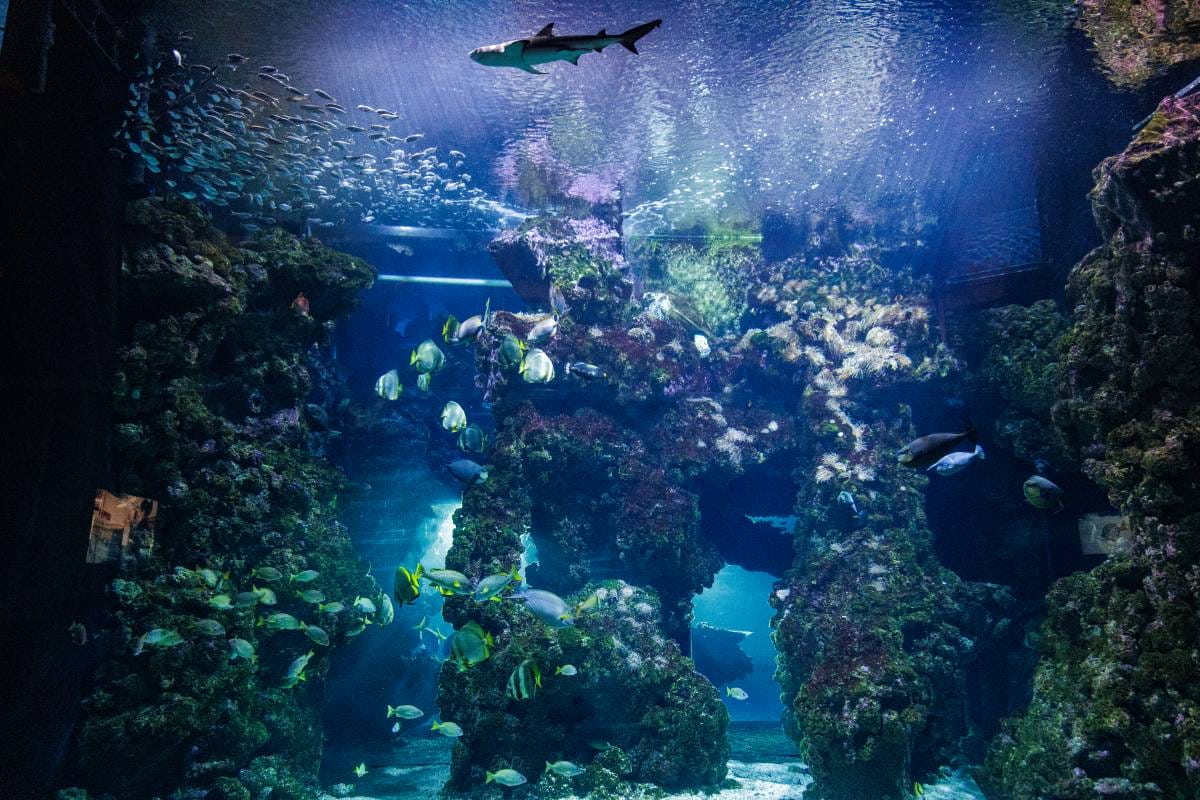
I love Turtles!
The Oceanographic Museum’s open-air exhibit takes visitors on a majestic journey with sea turtles. Following the trail of these migratory and endangered animals, the exhibit is a chance to view turtles who are being rehabilitated. After sustaining injuries in the wild from boats, fishing nets, ingesting plastic or hooks, the turtles undergo care and treatment before being placed in a 160 m³ outdoor rehabilitation area. Then, they will be set free. Some of the turtles will be equipped with a high-tech backpack which will collect data on their movements, behaviours, and feeding areas. The public can also follow the journey of the rehabilitated turtles online.
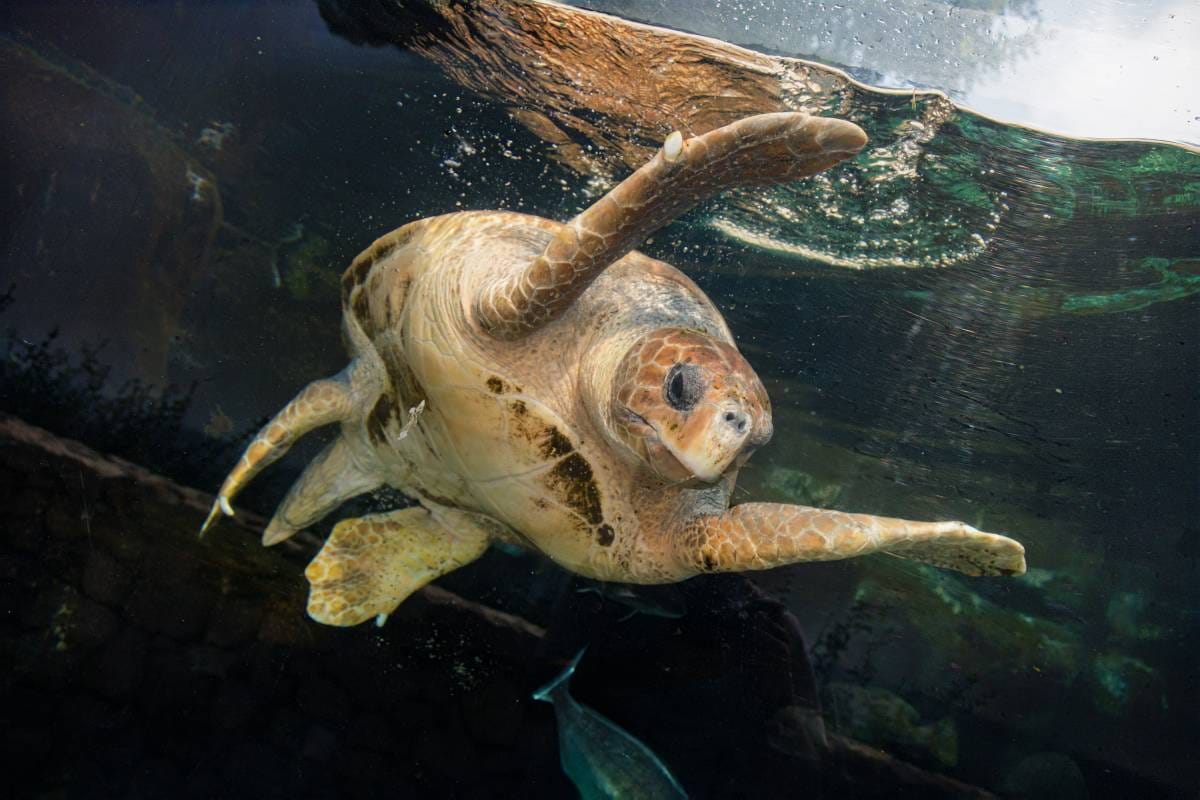
Mediterranean 2050: a Spatio-Temporal Journey
At the end of March Prince Albert II inaugurated the Mediterranean 2050 exhibition at the Oceanographic Museum. The immersive experience is spread over 1,000 m² of interactive devices and spectacular projections. The exhibition features a 16-minute scenario that propels viewers to the year 2050 aboard a futuristic submarine in the heart of a marine protected area full of life; a future where the promise of 30 % of marine spaces remaining protected has been kept. The Mediterranean 2050 exhibition runs until 31 December 2025.
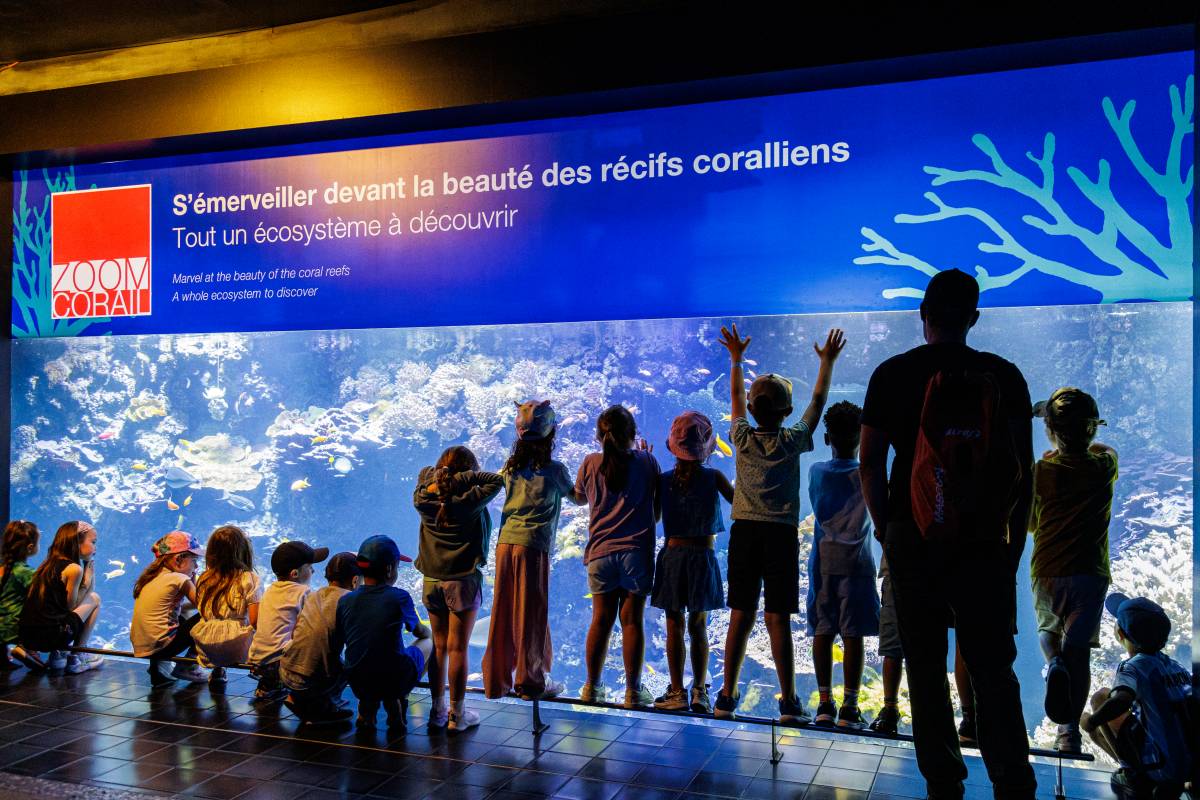
Practical Info:
The Oceanographic Museum of Monaco is open every day except December 25 and Formula 1 Grand Prixтм weekend.
July, August: 9.30am – 8 pm;
September: 10am – 7pm;
October — March: 10am – 6pm;
April — June: 10am – 7pm
To fully experience the museum, a two-hour visit is recommended.
https://musee.oceano.org
